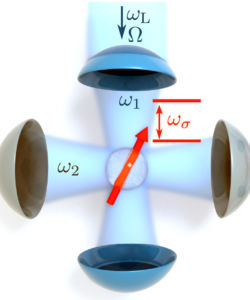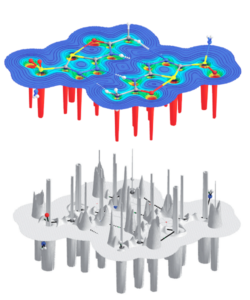Research
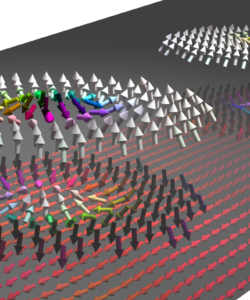
Spin waves in nanotextures
Spin waves are promising carriers for energy-saving, miniaturized and fast microwave signal-processing devices. Our research focuses on developing the physical foundations for future magnonic technologies.
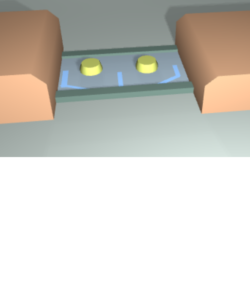
Quantum dot systems
Quantum dots are ideal platforms to study fundamental interactions between single spins and charges, which is of vital importance for quantum-based electronics, information storing and processing.
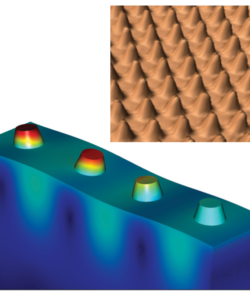
Phononics
The sound waves in our everyday life are elastic (acoustic) waves with the wavelengths measured in tens of cm. Their wavelengths can be dragged into the nanoscale by enhancing the frequencies to GHz range.

Strongly correlated systems
The systems of strongly correlated, bosons and boson-fermion mixtures are large, important and intensively studied area of quantum many-body theory.

Quantum information
In our group we investigate problems of quantum mechanics and optics in the context of applications to quantum information processing and quantum state engineering.

Molecular magnetism & spintronics
We focus on the theoretical modelling of various types of magnetic molecules and studies of their transport properties.
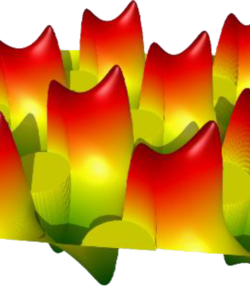
Magnonic crystals
When the material parameters or shape of the magnetic sample are periodically modulated in space then the spin wave propagation is significantly altered. These periodic structures are called magnonic crystals.
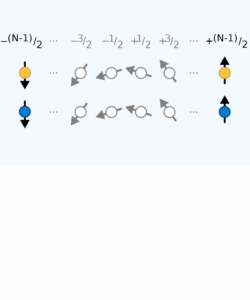
Optical lattices
Ultracold quantum gases provide a opportunity for quantum simulations of interacting
many-body systems. The progress in experimental techniques
allowed controling all the important aspects of such simulations.
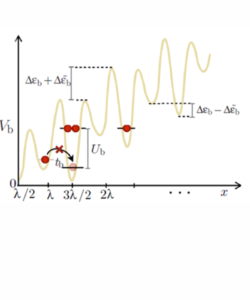
Strong correlations in one dimension
We study one-dimensional models which offer unique insight into physics of strongly correlated quantum many-body systems.
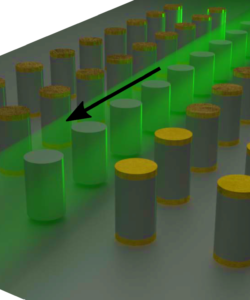
Nanophotonic and metasurfaces
Merging classical photonics with the novel concepts of metamaterials and metasurfaces opens new avenues toward future photonic devices and technologies.
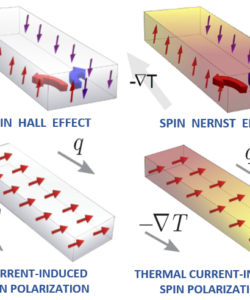
Spin-orbit driven phenomena
In our group we investigate theoretically spin-orbit driven phenomena using analytical methods of quantum field theory: equilibrium and non-equilibrium Green function formalism at zero and nonzero temperatures. Our analysis are focused on materials that may play a crucial role in further development of spintronics: semiconductor heterostructures , graphene and graphene-like two-dimensional crystals.

Quantum walks and cellular automata
In a simple classical random walk a single particle moves one step to the right or left, depending on the outcome of a single coin toss. It is commonly known that after many steps of such a walk the position of the particle is described by a normal probability distribution. However, if both, the coin and the particle, are quantum then the system is described by probability amplitudes which can interfere and the final probability distribution is far from normal.


